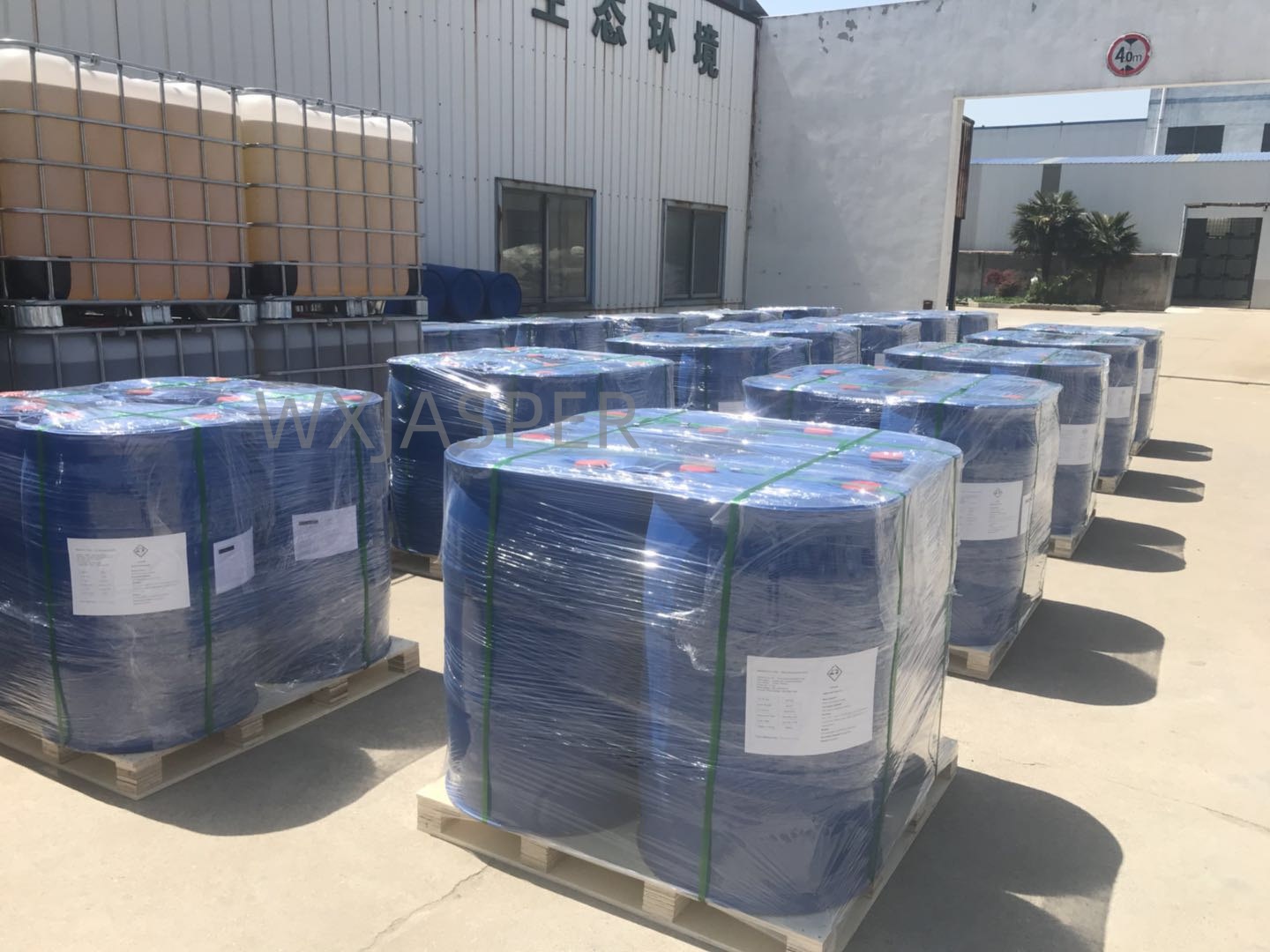Your Location:Home > Products > Solvents > Poly (Diallyldimethylammonium Chloride)



CasNo: 26062-79-3
MF: (C8H16ClN)n
Appearance: liquid
Delivery Time: 15 days
Packing: 200kg/drum
Purity: 99%
| Indicator | Typical Value (Industrial-Grade Liquid) | Description |
|---|---|---|
| Solid Content | 20%–50% (35% and 40% are conventional) | Higher solid content means more active ingredients per unit volume; selected based on application needs. |
| Molecular Weight (Weight-Average) | 10,000–1,000,000 Da (customizable) | Molecular weight determines flocculation efficiency and adsorption capacity: low MW for dispersion, high MW for flocculation. |
| pH Value (1% aqueous solution, 25°C) | 5.0–8.0 | Near-neutral, compatible with most systems without additional pH adjustment. |
| Charge Density | 6.0–6.5 meq/g (cationic charge density) | High charge density ensures strong adsorption of negatively charged particles (e.g., colloids, fibers). |
| Viscosity (25°C, Brookfield) | 50–5,000 mPa·s (varies with MW/solid content) | Viscosity affects fluidity; must match pipeline transportation and dosing equipment requirements. |
| Chemical Stability | Stable at ≤60°C and with common salts (e.g., NaCl, CaCl₂); degrades at >80°C or with strong oxidants (e.g., KMnO₄) | Control temperature during storage/use; avoid mixing with strong oxidants. |